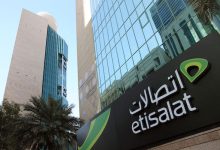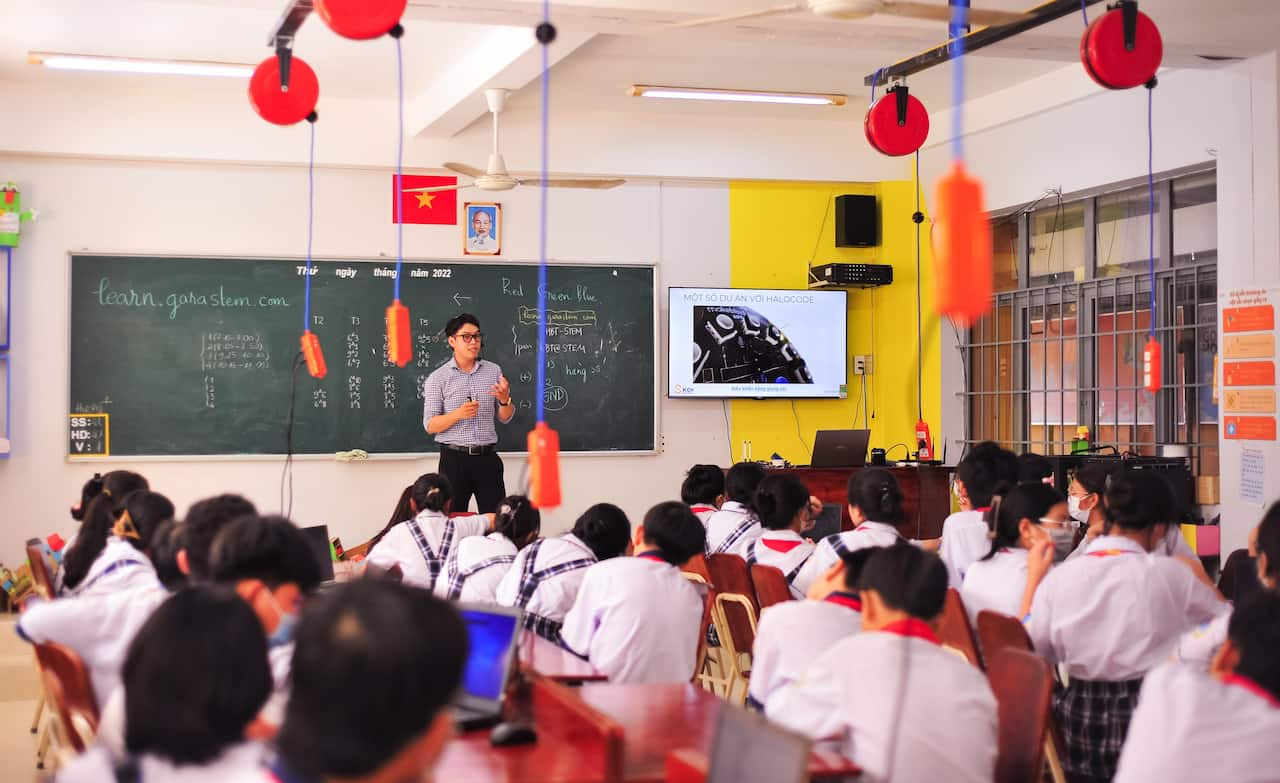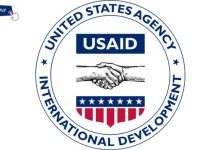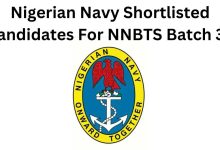Conditional Cash Transfer VS Household Uplifting Programme

The Federal Government of Nigeria in partnership with the World Bank developed a social safety nets programme for Nigeria in 2016. The project implementation is being executed by the National Social Safety Nets Project (NASSP). One of the components of NASSP is the National Cash Transfer Office (NCTO). NCTO is supervised by the Federal Ministry of Humanitarian Affairs, Disaster Management and Social Development (FMHADMSD). It is responsible for the implementation of the Household Uplifting Programme-Conditional Cash Transfers(HUP-CCT) that caters for poor and vulnerable households across the country.
Household Uplifting Programme-Conditional Cash Transfer (HUP-CCT), finances regular and reliable safety nets transfers to targeted poor and vulnerable households, delivered in a manner that is accessible to programme beneficiaries and with benefit levels that are consistent with programme objectives. The Project Development Objective is to provide access to targeted transfers to poor and vulnerable households under an expanded national social safety nets system.
HUP-CCT slogan is “Beta Don Come” – meaning better things have arrived with the following development objectives and specific outcomes:
Our Objectives
Improved Household Consumption
Increase In Utilization Of Health And Nutrition Services
Improved School Enrolment And Attendance
Improved Environmental Sanitation And Management
Asset And Financial Acquisition
Beneficiaries Engaged In Sustainable Livelihood
The Programme focuses on the poor and vulnerable households (PVHH) in Nigeria. The PVHH are identified through a combination of geographic and community-based targeting mechanisms. These targeting mechanisms are conducted by the states, while the National Social Safety Net Coordination Office (NASSCO) supports and guides the process. The identified PVHH from the process are included in the National Social Register (NSR). The data in the NSR undergoes a Proxy Means Testing (PMT) used to rank the households from first to tenth deciles according to their poverty levels. According to the ranking, households that fall within the first to the sixth deciles of the NSR distribution (equivalent to the absolute poverty line, which corresponds to those living below US $2 a day) are eligible and enrolled into HUP-CCT.
HUP-CCT is being implemented through three sub-components asfollows:
Conditional Cash Transfer
Top-Up Cash Transfer
Livelihood
1. Conditional Cash Transfer
This provides targeted monthly base cash transfer of NGN 5,000 to the eligible mined from the NSR. The transfer is to help improve their consumption levels and to encourage them to develop savings skills. The overall objective is aimed at reducing poverty, preventing the vulnerable households from becoming poorer and building their ability to be better than what they were before they started benefiting from the programme.
2. Top-Up Cash Transfer
The top-up cash transfer is an additional NGN 5,000 made available to some PVHH. Beneficiaries who qualify for the top-up cash transfer are required to participate in at least one of the activities that contributes to their human capital development and to a sustainable environment. Beneficiaries are expected to adhere to the specified conditions attached to the top-up transfer. These conditions are referred to as “co-responsibilities”. The co-responsibilities are associated to education, environment, health, and nutrition. Each state is expected to pick at least one co-responsibility that reflects the state’s deficiency in the specified areas. The objectives of the top-up cash transfer include the following:
Education: Increase Children School Enrolment/Attendance
Environment: Address Environmental Hazards To Improve Productive Assets
Health: Improve Utilization Of Health Facilities For Ante-Natal Care, Post-Natal Care, And Child Immunization
Nutrition: Improve Child Nutrition
3. Livelihood
The livelihood component complements the cash transfer in order to support targeted households to move out of poverty. This facilitates beneficiaries’ graduation out of poverty by ensuring they establish sustainable income generating activity that will make them self-reliant. The specific aim of the livelihood intervention is to build a mind-set of enterprise development in order to reduce abject poverty in communities. It aims at creating opportunities for work on-farm and off-farm especially among women and youth. Objectives of the livelihood support includes the following:
Increase The Income Of Household With Beneficiaries Who Engage In Productive Activities
Improve Beneficiaries’ Asset Holdings
Improve Beneficiaries’ Psychosocial Wellbeing
Support The Elevation Of Beneficiaries Out Of Poverty
Capacity Building And Grievance Rederess Mechanism
A. Capacity Building
Beneficiaries are provided with capacity building in the areas of Savings and Group Mobilization (SGM), Life Skills (LS), Micro Business Skills (MBDP), Co-orientation, and Nutrition training for co-responsibility.
Some productive activities engaged in by beneficiaries include:
Farming Such As Cassava, Maize, Rice, And Similar Products
Animal Farming Such As Goats, Sheep, Poultry, Cows, And Piggery
Petty Trading Such As Provision Shops
Processing Of Produce Such As Rice, Cassava, Oil Palm, Shear Butter, And Groundnut
Rendering Of Milling Services
Rendering Of Tailoring Service
Community Projects Such As Drilling Of Boreholes And Digging Wells, Renovation Of Health Centres, And Schools.
B. Grievance Redress Mechanism
In order to ensure effective and efficient delivery of the programme, the programme has a GRM structure set to address and escalate incidents of dissatisfaction and complaints that may arise during implementation in the field.
The GRM structure is established to receive complaints from both beneficiaries and non-beneficiaries on issues such as poor services, lack of/or inadequate information on programme activities, payment-related issues, staff misconduct (including bribery and corruption related behaviors, intimidation, sexual harassment) and on the overall implementation of the programme.
The GRM will ensure that all registered grievances are expeditiously handled and resolved within the specified time frame of 21 days, with the ultimate aim of achieving optimal service delivery by the implementing personnel
The GRM is structured to enable complaints to be made through:
Beneficiary Representatives
Grievance Redress Officers At The Local Government Level
States GRM Desk Offices
Call Hotlines: 08138021083, 07011312860
The NCTO looks forward to having beneficiaries and non-beneficiaries utilize the GRM structure effectively, to enhance and ensure better service delivery, a seamless cash transfer programme and the desired impact in addressing the challenges of poverty in many of our communities.














